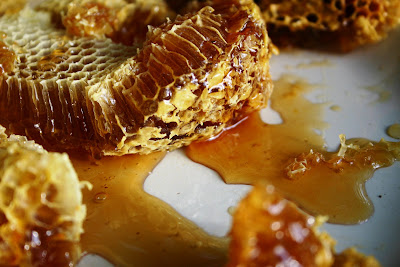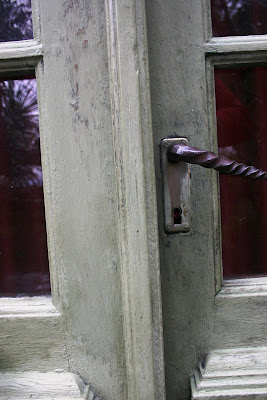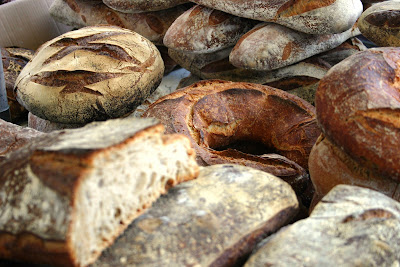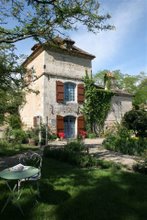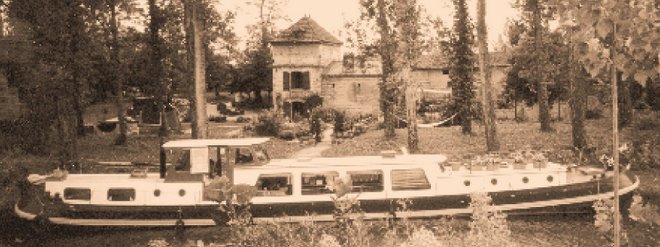
Food Guru Michael Pollan throws out some thought provoking words, a lot of the them, in his NY Times article dedicated to Julia & Julie, food TV and... why Americans in love with food don't really cook.
Meryl Streep, Julia Child and fellow food bloggers aside, I couldn't help but get caught on a few words that struck me so personally and timely that I had to jump ahead of the movie review (which doesn't come out until September here anyway, dubbed in French, of course) and get straight to the Pollan-ization.
Like preaching to the choir whose mouths are full, I was mumbling "Amen" and singing "Hallelujah!" until I got to the end of the article. Pollan uses food marketing researcher Harry Balzer for a bushel full of figures. But when Balzer announces that Americans will never go back to real cooking I took up arms. Balzer says “Why? Because we’re basically cheap and lazy. And besides, the skills are already lost. Who is going to teach the next generation to cook? I don’t see it."
Sorry Harry. WRONG! While many of you are going to sit in a darkened theatre for 123 minutes and watch mouth-watering food porn while munching junk food, I am going to be cooking. I am going to be cooking everyday because I eat everyday. I'll be cooking from my garden, the markets of Gascony, and even from supermarkets and the corner grocery store. If you all spend 123 minutes cooking dinner for yourself, family or a few friends, we could prove Mr. Balzer wrong.
Cheap? The average movie ticket price in 1963, the year that Julia Child appeared on PBS, was 86 cents. This year it is $7.18. I know I can cook my dinner for this much money even translated into Euros.
Lazy? I don't know about you, but even here in back-of-beyond southwest France, to go see 'Julia & Julie' when it comes to France I'll have to: a) drive into Agen b) find parking for the car c) walk to the cinema d) stand in line ( about 1 hour) e) walk up three flights of stairs to the salle de cinema, watch the movie f) chew the French version of Popcorn (yes, with sugar on it) g) have a drink at the cafe afterwards, and then repeat steps a-e before returning home to Camont. That's somewhere between 4 and 5 hours. Balzer, in way less than 123 minutes I can easily cook a a decent dinner. In 4-5 hours, I definitely can cook a bang-up not-so-lazy 4-course dinner for friends.
Lost Skills? Ok, I am not a X-generation (or any other letter that follows) but I have played host (or Auntie Kate) for 20 years to many cooks much younger than me. They can cook. They can cut, chop, saute and grill with the best of the old school cooks that I know. There is just one common flaw, even in those in-debt graduates of Prestigious Culinary Institutes, a serious flaw. They know little, very little about food. If it's not shrink wrapped, labeled or in a refrigerated walk-in these otherwise talented cooks are lost. They buy out of season fruit, immature and industrially raised poultry, and otherwise flounder on the shores of real food islands so close at hand. Thankfully Pollan touches on it's cure here "Cooking’s fate may be to join some of our other weekend exercises in recreational atavism: camping and gardening and hunting and riding on horseback."
I was no better then my students and interns when I came to this France of mine in 1988. But I learned. Not overnight, but slowly and at the hands of caring people- neighbors, farmers, and market vendors. A wildly fertile, diverse agricultural landscape fringed with wild as well as cultivated food surrounds the Kitchen-at-Camont. Buckets of pea-sized blackberries are ripening along the canal towpath. The neighbors are tending a lace-net draped apple orchard that will yield several tarte tatins this fall. Too many tomatoes are turning red, yellow and green in our own organic potager. Fresh eggs in the hen boxes appear with much clucking and boasting every afternoon as I check the growth of two new chicks and the swimming skills of ducklings #1,2 & 3. I must wait for the green gage plums- the real Reine-Claudes, to ripen more before the birds peck my share.
Planting the gardens at Camont taught me as much about waste as it did cooking. I cook more economically now that I grow, harvest and weed these abundant summer harvests. I learned to can and preserve this seasonal bounty. The piggery pantry is lined with this years glass-encased jewels already. And fortunately, our weekly farmers' markets are year-round all over France. After shopping at producers' markets for 20 years, I know my butchers, bakers, etc... I invite them home, sit down with them at my table , and serve them the good food that they have dug from the French dirt. We talk about how it all works- from the past to the future.
Who is going to teach the next generation to cook?
I am. And friends like me who love good food and are willing to share. For twenty years I have cooked, served, taught and written about the food I found in southwest France. There are people like me teaching cooking all over the globe. You can read about some of them here. My colleagues and friends are as passionate about cooking in Italy, Mexico, New Zealand and Thailand as I am about Gascony. But for everyone of these teachers there must be students. That is your job.
The Kitchen-at-Camont.com
Camont is the gift that fate gave me. A place to learn about food... in France. I share this gift with you- a place to learn about food, both in person here in Gascony and now at my new blog site- www.kitchen-at-camont.com.* Come discover, reconnect and learn to work with food in a creative rural setting in France. there are some new economic programs including residencies and fellowships beginning Fall '09 and next summer we set up Camp Camont under the singing trees.
And for those of you seeking much more than a 123 minutes of food inspiration, do what Julia did.. get off the couch and come to France!
*While we are still tweeking, adjusting and getting the photographs in place, please be patient. This blog will eventually transfer automatically to the kitchen-at-camont soon.





